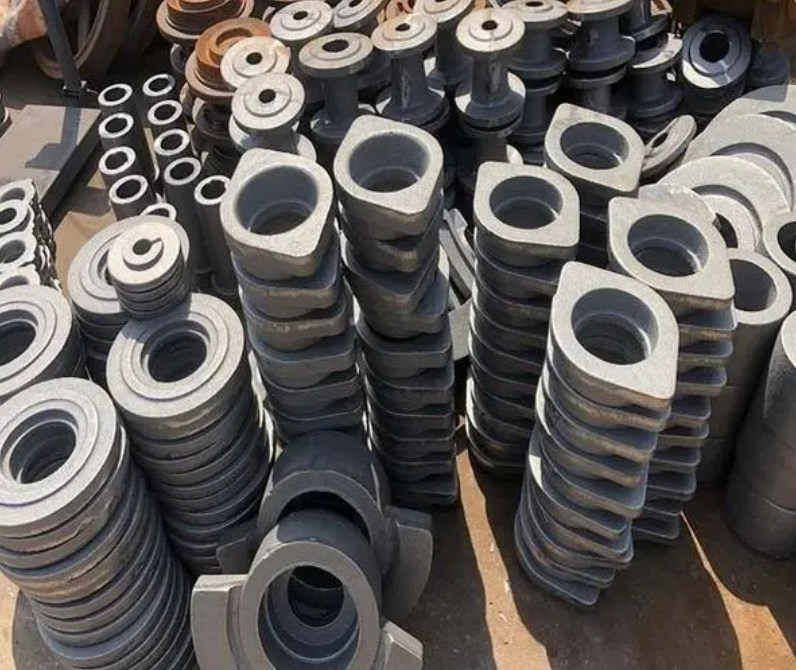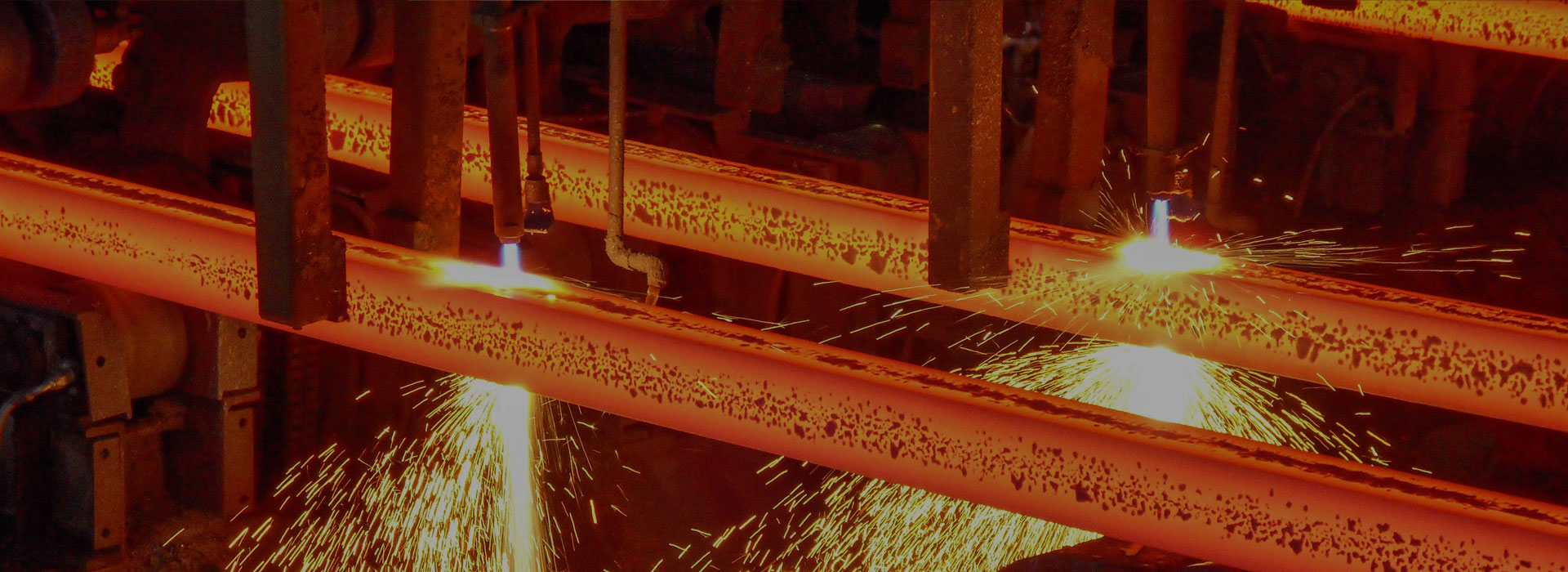Production Process of Ductile Iron Castings
2024-06-03
Melting: The process starts with melting scrap iron, steel, and other additives in a furnace at very high temperatures. The molten metal is then treated with magnesium to promote the formation of graphite nodules in the iron, giving it ductile properties.
Casting: The molten metal is then poured into molds made of sand or other materials. The molds are designed to take the shape of the final product.
Cooling: Once the molten metal has been poured into the mold, it is left to cool and solidify. This is a crucial step as it determines the final properties of the ductile iron casting.
Shakeout: After the casting has cooled and solidified, the mold is broken apart to reveal the casting inside. Any excess material or imperfections are removed at this stage.
Heat Treatment: To improve the mechanical properties of the ductile iron casting, it undergoes a heat treatment process known as annealing. This involves heating the casting to a specific temperature and then allowing it to cool slowly.
Machining and Surface Finishing: Once the castings have been heat treated, they may undergo machining processes such as grinding, drilling, or milling to achieve the desired dimensions and surface finish.
Quality Control: Throughout the production process, quality control measures are implemented to ensure that the ductile iron castings meet the specified standards and requirements. This may include non-destructive testing, dimensional inspections, and material analysis.
By following these steps and maintaining strict quality controls, manufacturers can produce high-quality ductile iron castings that are strong, durable, and suitable for a wide range of applications.




